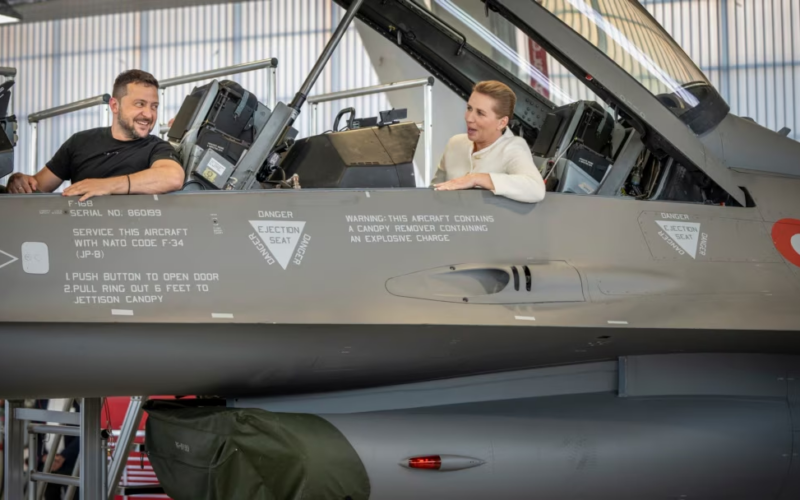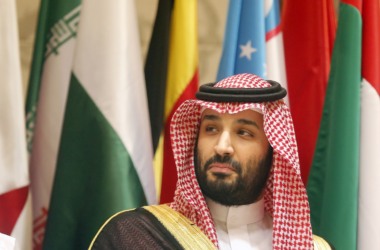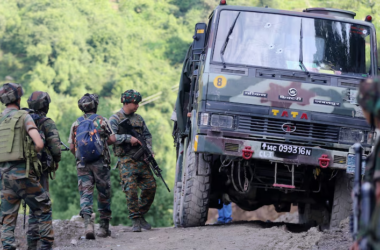Ukrainian President Volodymyr Zelenskiy recently announced that Ukrainian pilots have begun flying U.S.-made F-16 fighter jets, marking a highly publicized development in the ongoing conflict with Russia. This long-awaited arrival of the F-16s comes over 29 months since the start of Russia’s military operation in Ukraine, but the real impact of these jets remains questionable.
Zelenskiy celebrated the arrival of the F-16s during a visit to an undisclosed airbase, where he was flanked by two of the jets while two more flew overhead. “F-16s are in Ukraine. We did it. I am proud of our guys who are mastering these jets and have already started using them for our country,” he stated. However, despite the fanfare, it is unclear how many of these aircraft are actually operational or what kind of difference they will make on the battlefield.
Russia has already taken steps to target bases that could house these jets and has made it clear that it will shoot them down if they are used in combat. While the F-16s have been on Ukraine’s wish list for a long time, their arrival does little to change the current dynamics of the conflict. Ukraine has been relying on an aging fleet of Soviet-era aircraft, which are outmatched by Russia’s more advanced and larger air force. Even with the addition of F-16s, Ukraine faces an uphill battle in trying to counter Russia’s long-range missile strikes and aerial superiority.
Zelenskiy admitted that Ukraine still lacks enough trained pilots to operate the F-16s effectively and does not have a sufficient number of the jets to make a significant impact. Although additional jets are expected, the timeline for when they might be fully operational remains uncertain. Moreover, it is still unknown what types of missiles these jets are equipped with, and whether they will have the range and capability to challenge Russian forces effectively.
This development is being framed by Zelenskiy as a “new stage of development” for Ukraine’s air force, representing a transition to Western combat aviation standards. Yet, despite Zelenskiy’s diplomatic efforts to secure these jets, the overall effectiveness of this move is debatable. Military analysts suggest that while the F-16s are a notable upgrade, their actual battlefield impact will depend on a variety of factors, including pilot training, missile capabilities, and Russia’s continued air superiority.
In addition, Zelenskiy has expressed hope that neighboring NATO countries might assist in intercepting Russian missiles targeting Ukraine. However, this proposal faces significant challenges, as NATO members are cautious about escalating the conflict further.
In summary, while the arrival of F-16s in Ukraine is being touted as a significant milestone, the reality is that these jets alone are unlikely to shift the balance of power. Russia’s military remains firmly in control of the skies, and the introduction of a few F-16s, without sufficient support and capabilities, may be more symbolic than strategic.








